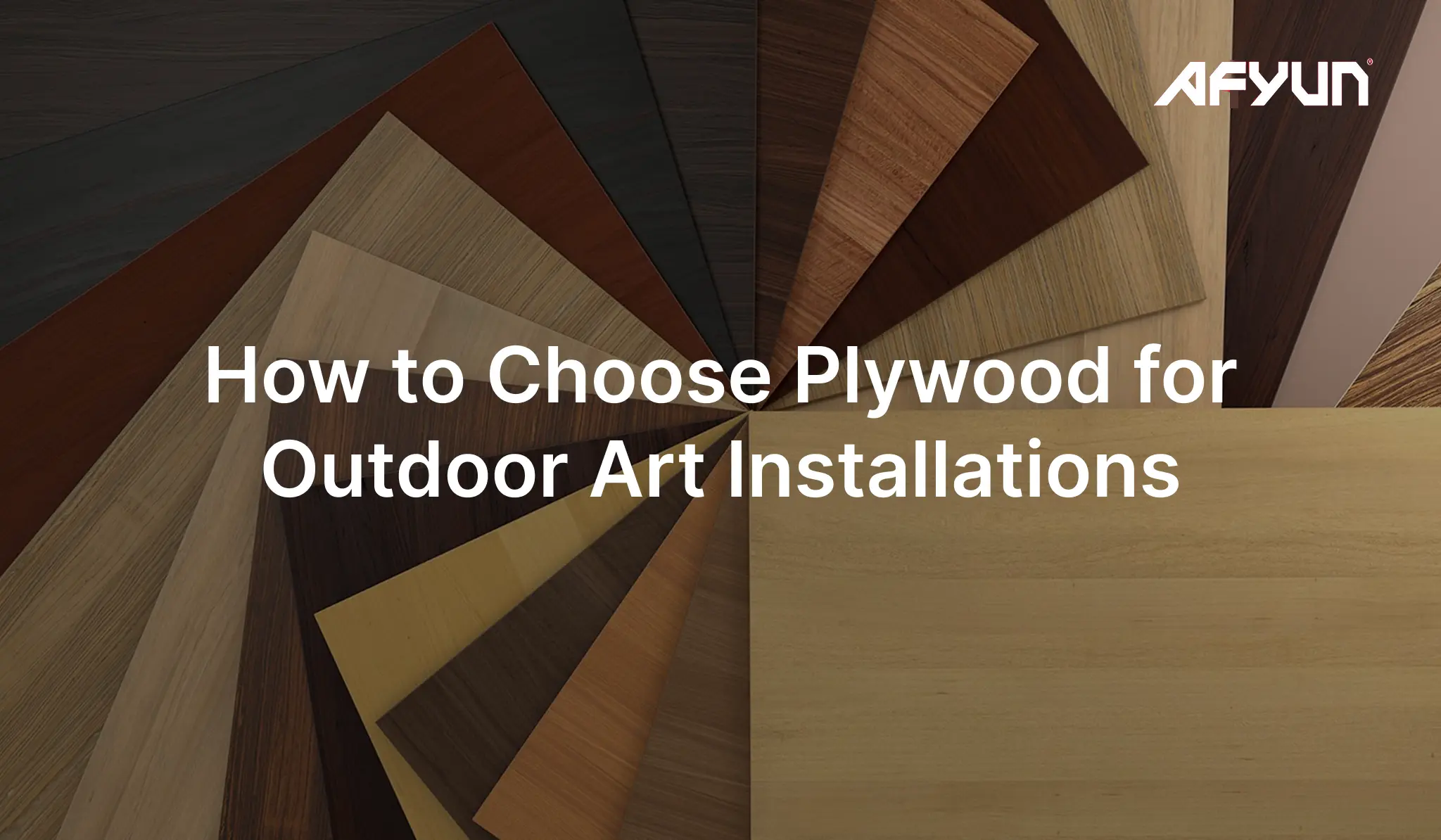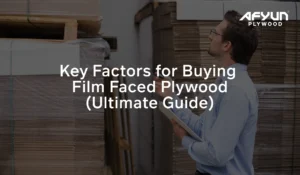When it comes to outdoor art installations, selecting the right materials is crucial for ensuring the artwork’s longevity and aesthetic appeal. Among the various materials available, plywood is often the go-to choice for its versatility, cost-effectiveness, and ease of use.
However, choosing the right type can make a significant difference in how your art withstands outdoor conditions. In this blog, we’ll explore the key factors to consider when choosing plywood for outdoor art installations.
1. Understand the Different Types of Plywood
Plywood comes in several varieties, each with its specific properties. The most commonly used types for outdoor installations are:
- Marine Plywood: Designed specifically for moisture resistance, marine plywood is ideal for installations exposed to high moisture conditions. It’s made with waterproof glue and is durable against rot and delamination.
- Pressure-Treated Plywood: Plywood that has been pressure-treated with chemicals to protect it against rot, mildew, and insects. While it is highly durable, it’s important to ensure it’s safe for the materials and paints used in your artwork.
- Flexyply: This type of plywood is flexible, lightweight, and versatile, designed for projects that require bending or shaping. While it’s not as weather-resistant as marine plywood, Flexyply can still be used in outdoor settings if treated with a protective coating to prevent moisture damage.
- Film face Plywood: It is a smooth, durable type of plywood with a coating that helps protect it from moisture, wear, and external damage. It is suitable for outdoor art installations where a clean, polished finish is needed. The film coating provides a level of water resistance, making it a good choice for installations exposed to moderate weather conditions. Its smooth surface also makes it ideal for applying paint or other finishes to your artwork.
2. Consider the Thickness and Strength
The thickness of plywood affects its strength and ability to hold the art without warping or bending. For outdoor installations, thicker plywood is recommended, especially if the piece is large or will bear a lot of weight.
Thicker plywood ensures greater durability and resistance to bending or breaking under weather conditions like wind or rain. If your installation is going to face high winds or other physical challenges, opt for a sturdier, thicker grade of plywood to ensure its structural integrity.
3. Check for Moisture and Weather Resistance
Outdoor art is exposed to varying weather conditions such as rain, snow, heat, and humidity. When choosing plywood, it’s essential to ensure it is resistant to moisture and weather damage. Even if you’re not using marine plywood, make sure to look for plywood that’s specifically labelled for outdoor use and is treated to withstand the elements.
You may also consider sealing the plywood with a high-quality weather-resistant sealant to offer additional protection against moisture and prevent swelling, warping, or peeling.
For weather-resistant plywood options, Afyun offers excellent choices, including Afyun Star, Afyun Gold, Afyun Clubfire, Afyun Club Plus, and Afyun Celebrity, all crafted to endure harsh weather conditions.
4. Evaluate the Finish and Aesthetic
Since your artwork will be on plywood, the surface finish plays a big role in the final outcome of the piece. Choose plywood with a smooth, even surface free from large knots or imperfections. If your installation involves intricate painting, opt for higher-quality plywood such as birch or maple, which have a smooth, clean surface ideal for detailed artwork.
Additionally, the type of finish you apply to the plywood will protect it from the elements while enhancing the aesthetic. Consider using UV-resistant varnishes or coatings to shield the plywood from sun damage and preserve the vibrancy of your artwork.
5. Plan for Maintenance
While plywood is a great material for outdoor art, it does require ongoing maintenance to preserve its beauty and integrity over time. Be sure to inspect your installation periodically for signs of damage or wear.
Reapply protective coatings as necessary, and clean the surface to avoid build-up from environmental elements like dirt, moss, or algae.
Conclusion
Selecting the right plywood for outdoor art installations is essential for achieving both longevity and visual impact. By considering factors such as type, thickness, moisture resistance, finish, and long-term maintenance, you can ensure that your installation not only survives but thrives in outdoor environments.When in doubt, it’s always a good idea to consult with a professional or a trusted supplier for expert advice and the best quality materials for your art project. If you’re looking for top-quality plywood options for your next outdoor installation, check out Afyun, a trusted provider of premium plywood materials.
You may also like: Plywood Manufacturers in Kerala | Plywood Manufacturers in Mangalore | Plywood Manufacturers in Bangalore | Plywood Manufacturers in Chennai | Plywood Manufacturers in Tamil Nadu










